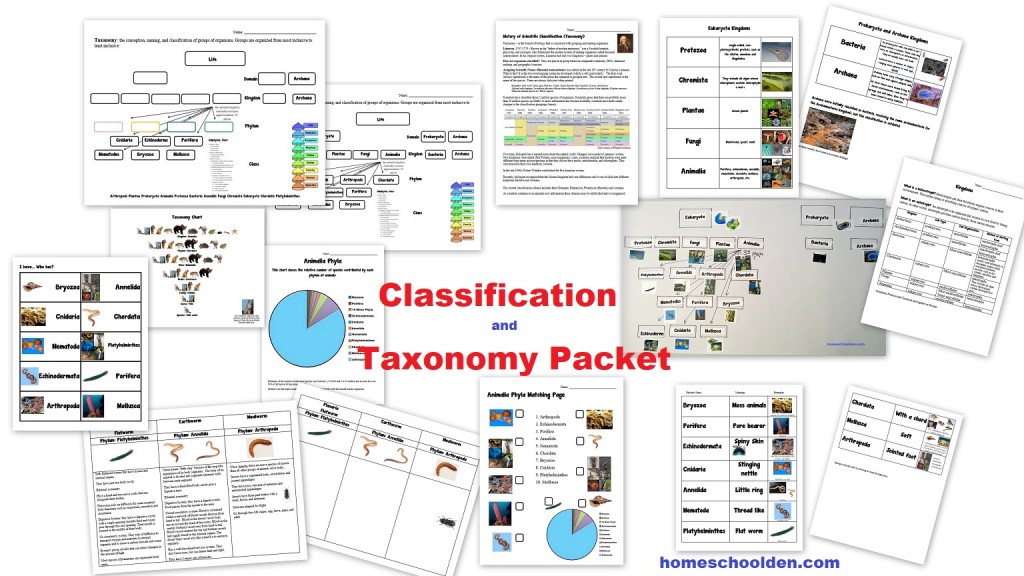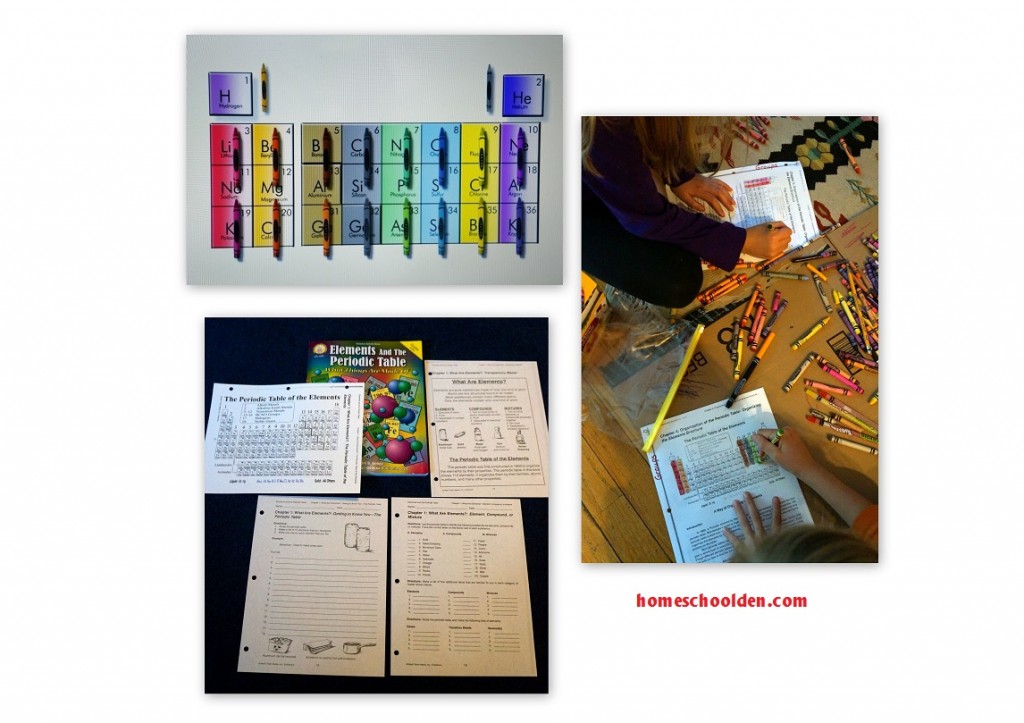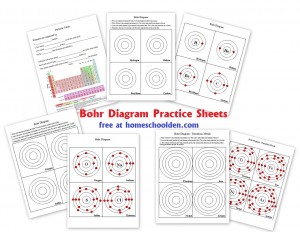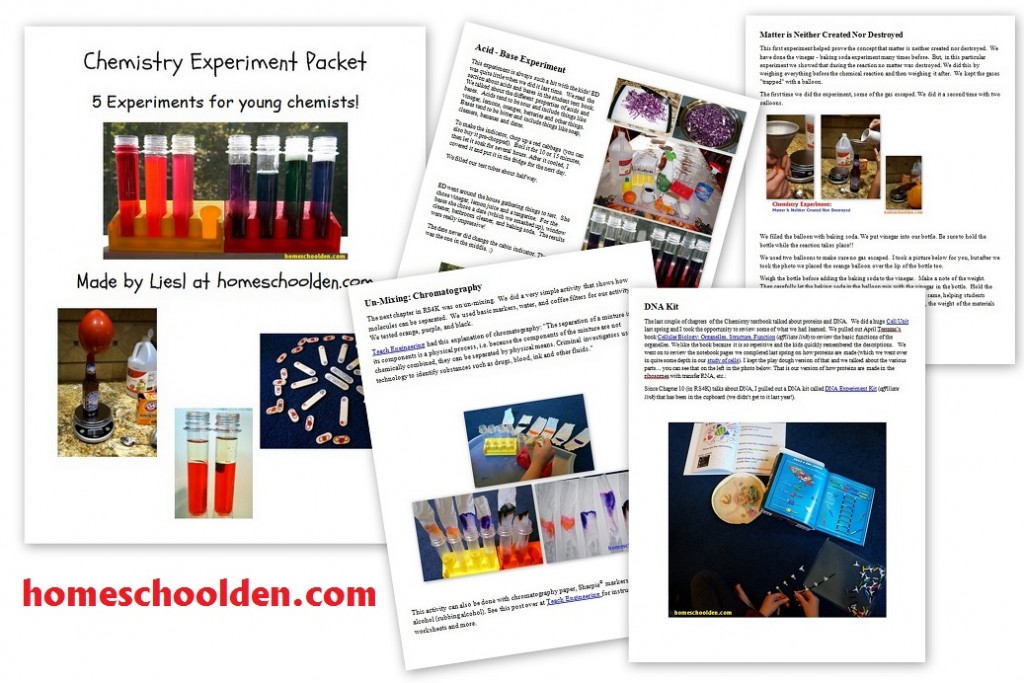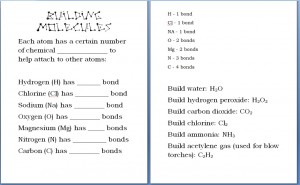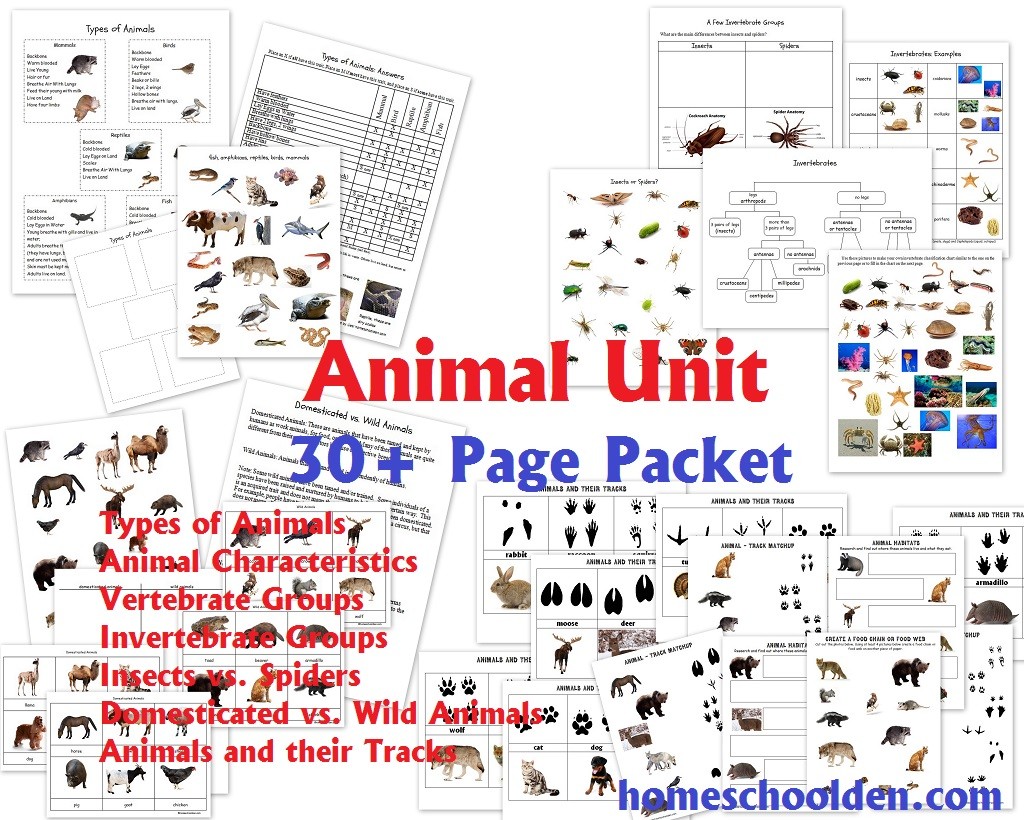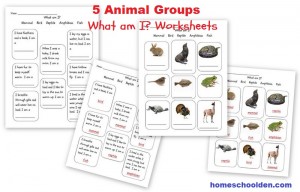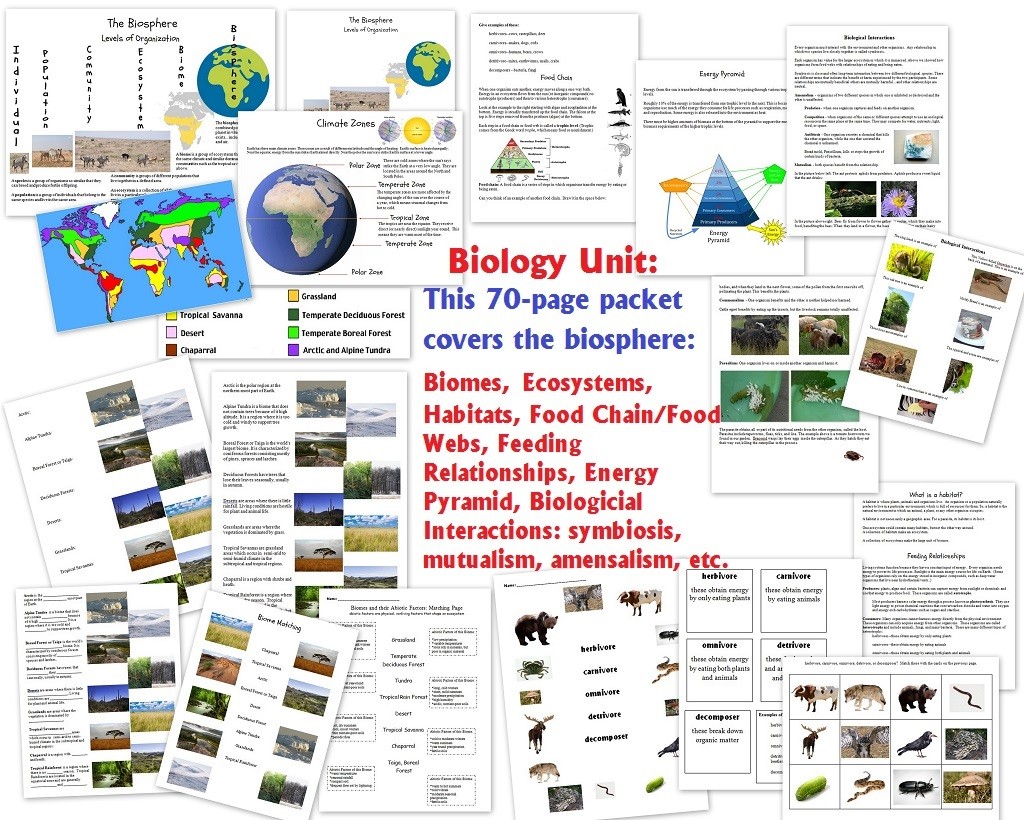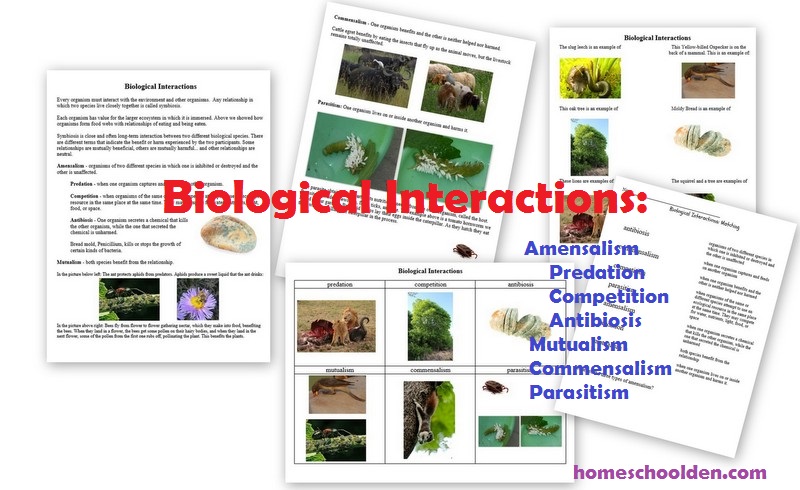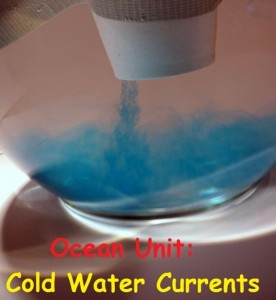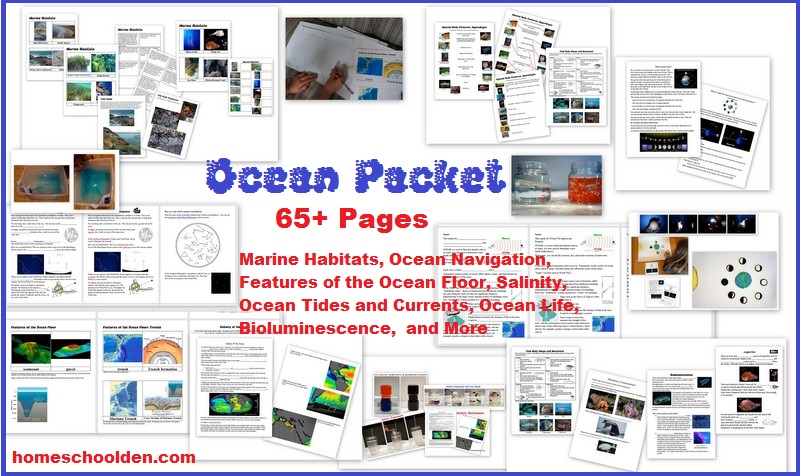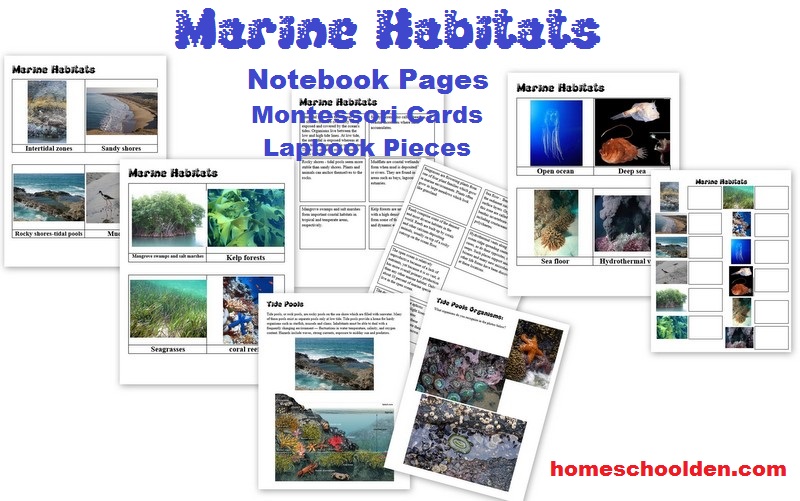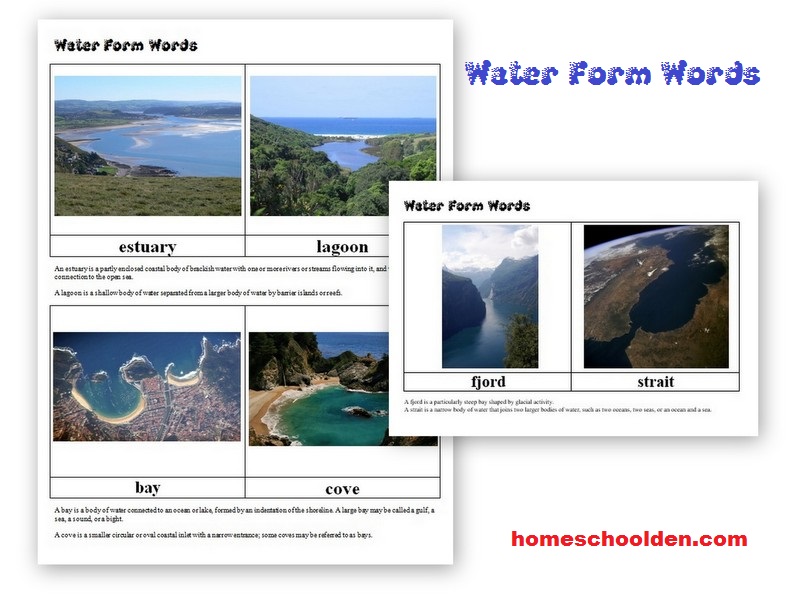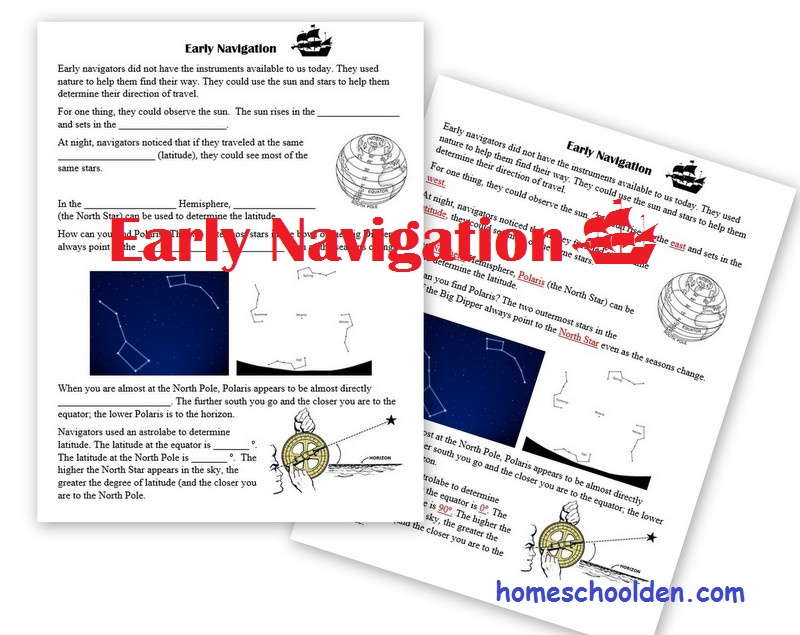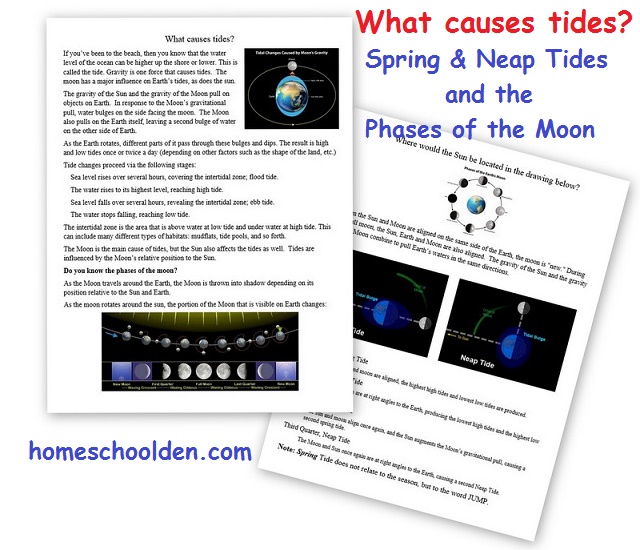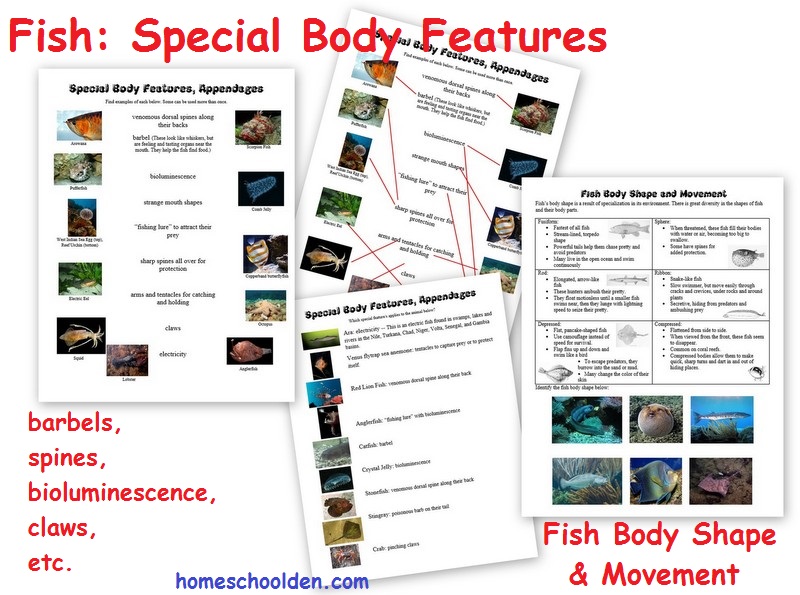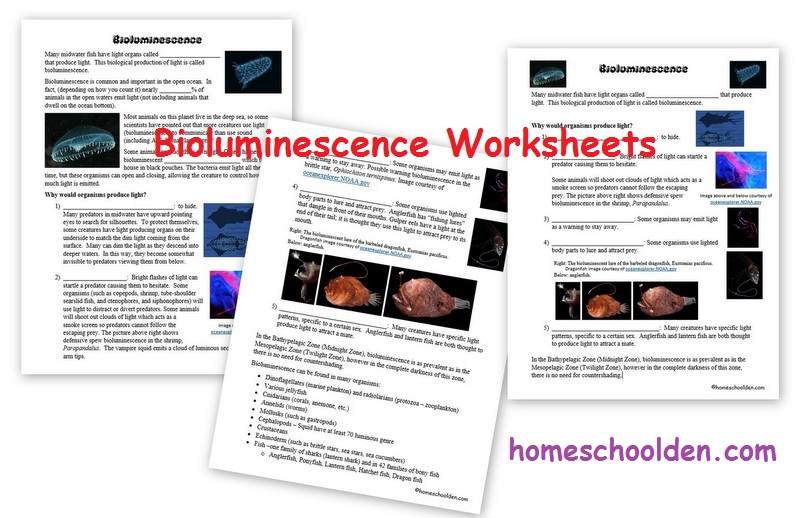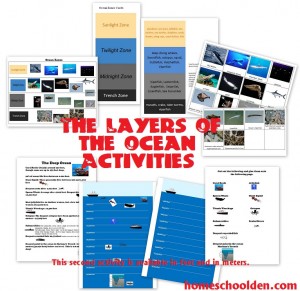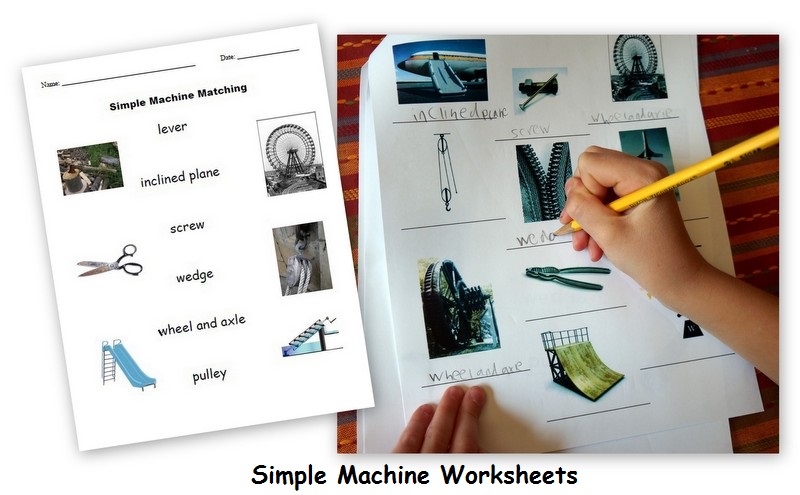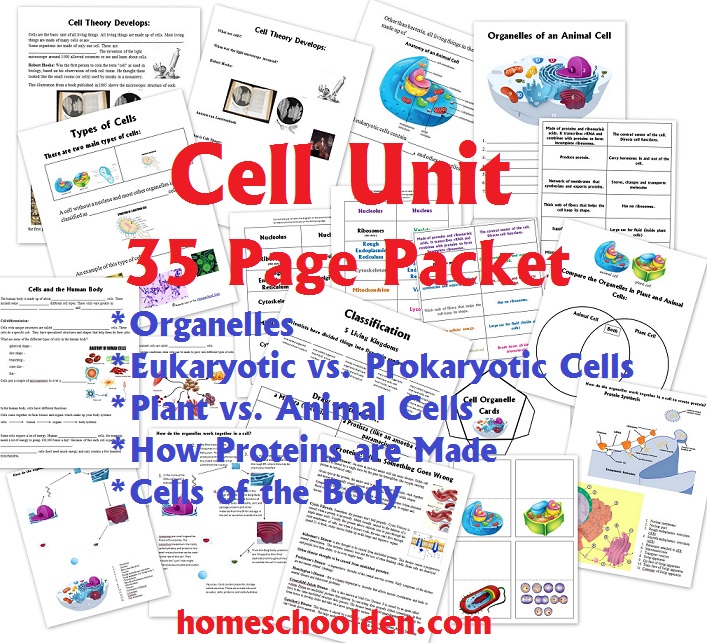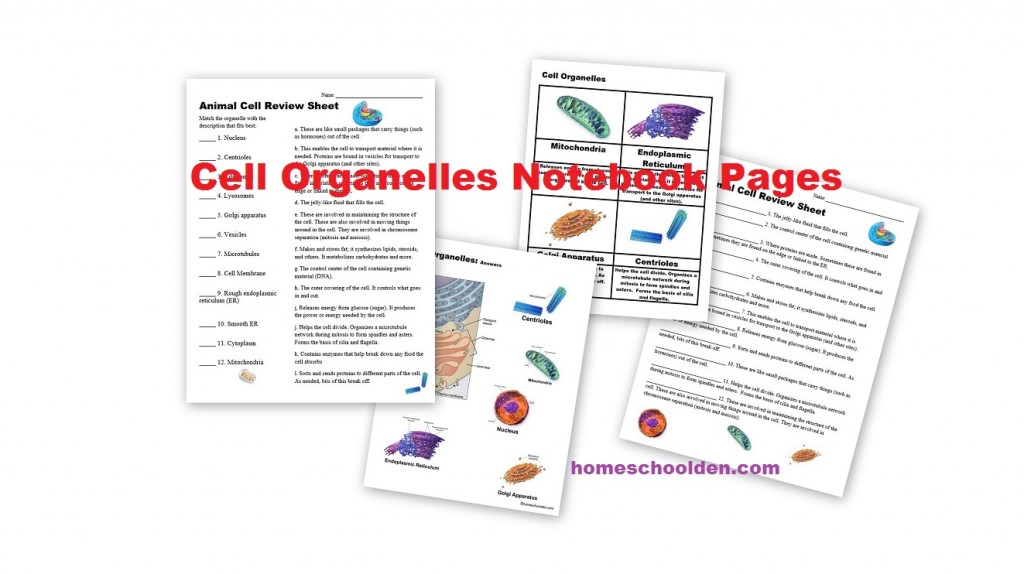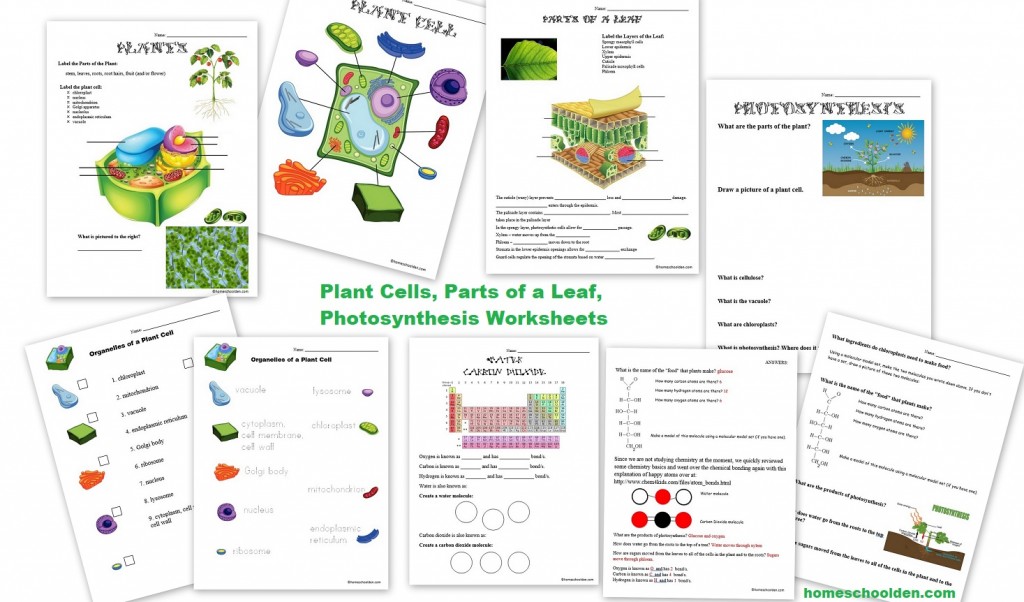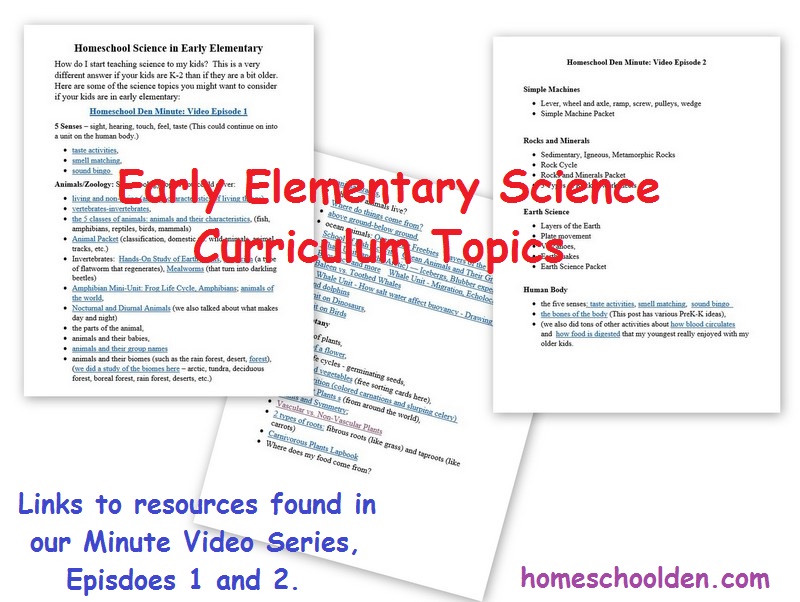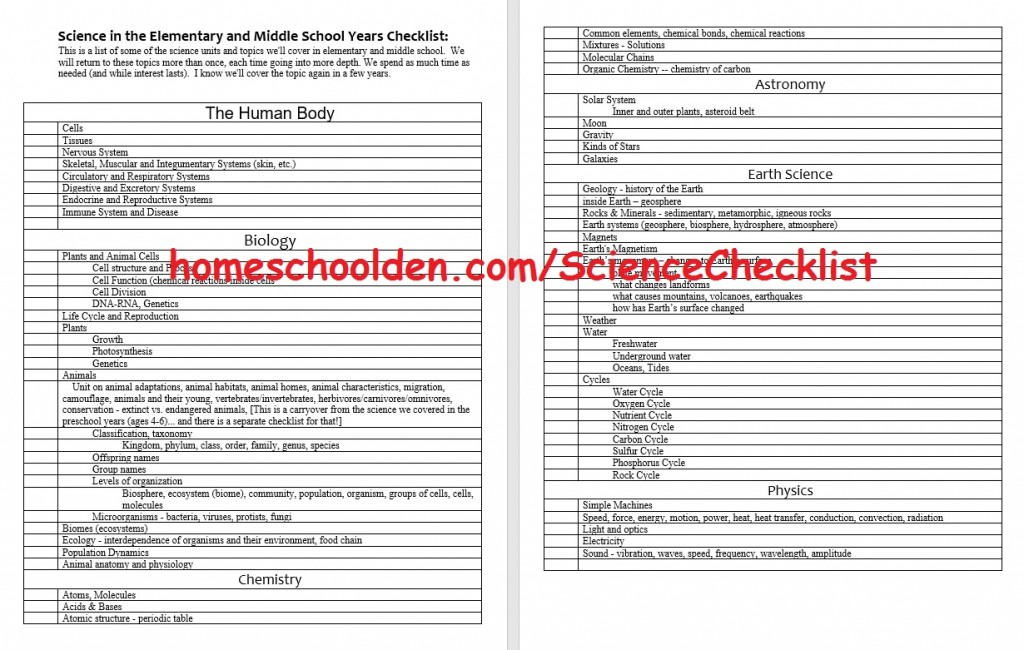Science Club Week 4 – Understanding Convection Currents, Taxonomy, Engineering Challenge
This was our fourth week of science club. Time’s flying by!
As we waited for everyone to arrive, the kids filled in the tectonic plate map. We talked about the experiment we had done a couple weeks earlier that helped explain how the tectonic plates can move. This week, we were going to do a couple more activities to show how heat/cooling can create currents and movement. (These pages have been added to our Earth Science Packet.)
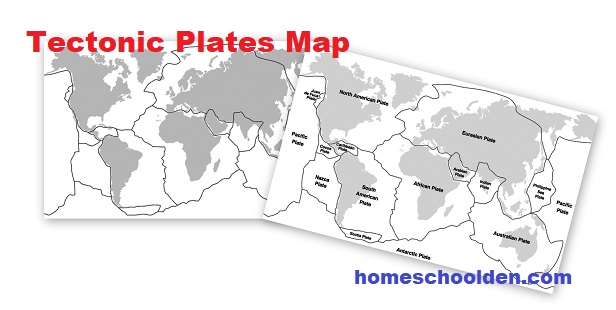
Heat Expands/Rises, Cool Contracts/Sinks – In the first activity, the kids learned what happens when air is heated and cooled.
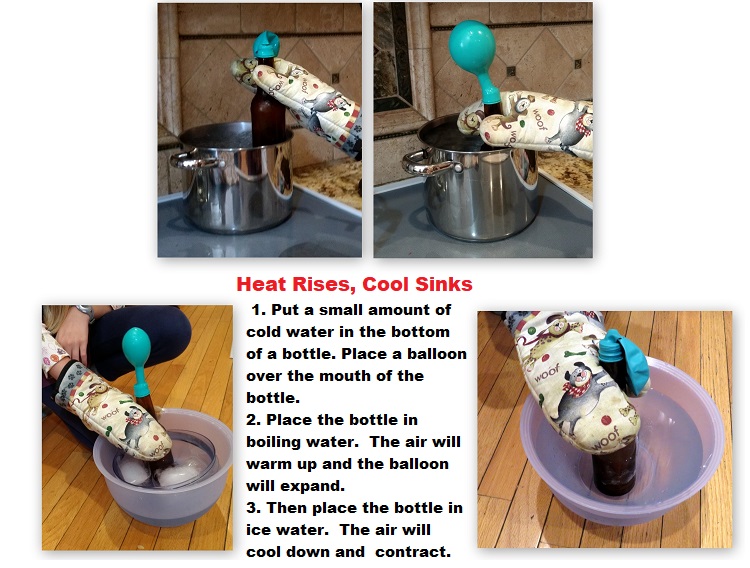
Creating a Convection Current Activity:
- pan of water
- red and blue dye in water
- pipette or eye dropper
- bag of ice (and tape to keep it in place)
- immersion heater (affiliate link)- I had one that we used when we traveled overseas. They should be right around $10 (maybe a bit cheaper if you look around).
Directions:
Part I: Place the immersion heater in the water. Plug it in. BE SURE to have the immersion heater in the water *before* you plug it in or it will become overheated and break!!
Place a small amount of red dye at the bottom of the water near the immersion heater.

Part II: Get some blue dyed water and gently squeeze out some of the water placing it at the surface of the water near the bag of ice. Watch what happens.
The blue dyed water will sink because it was placed near the water that was cooled by the bag of ice.
Part III: Add another drop of red dye again near the immersion heater (down at the bottom of the pan).
As you watch, you will notice a convection current starting to form. The blue dye will move across the bottom of the pan. The red dye will move out across the surface of the pan away from the heat source!
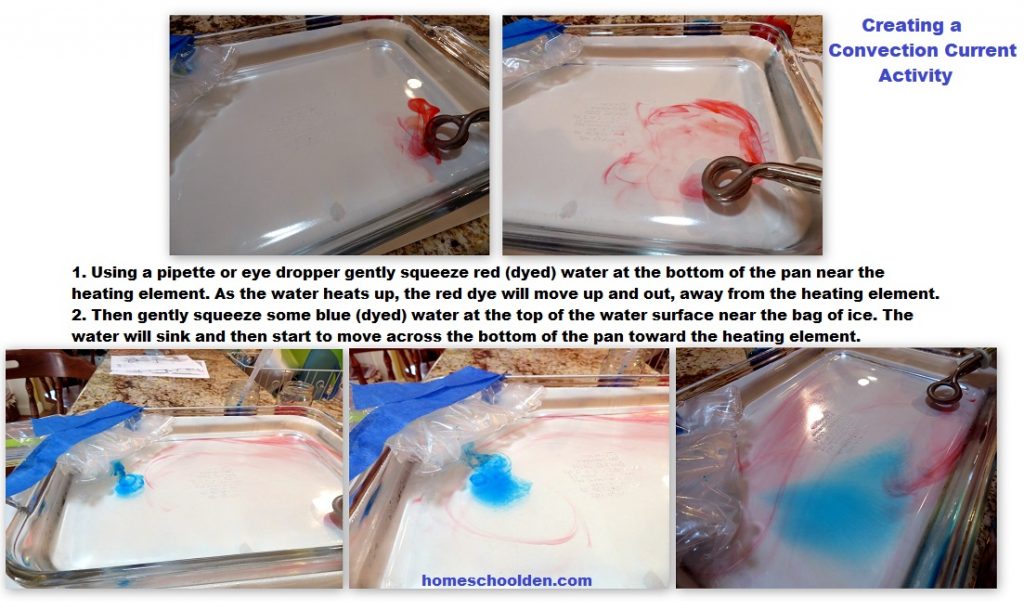
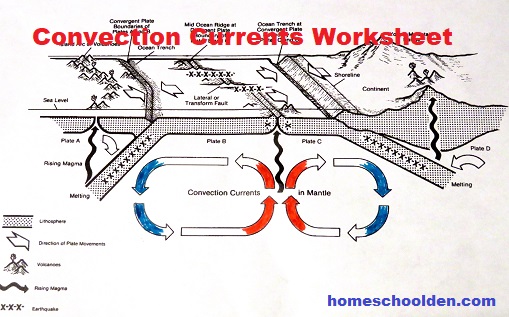
Last week, we had spent quite a bit of time on the taxonomy chart. Again, we reviewed the major groups – going over the mnemonic for those:
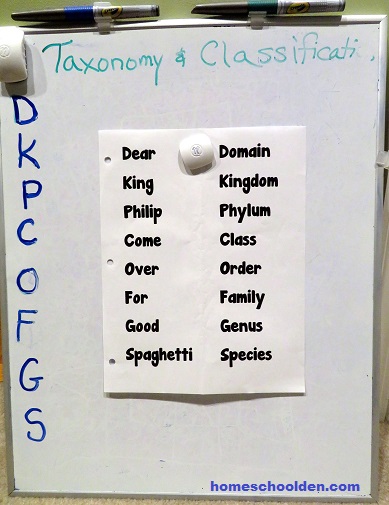
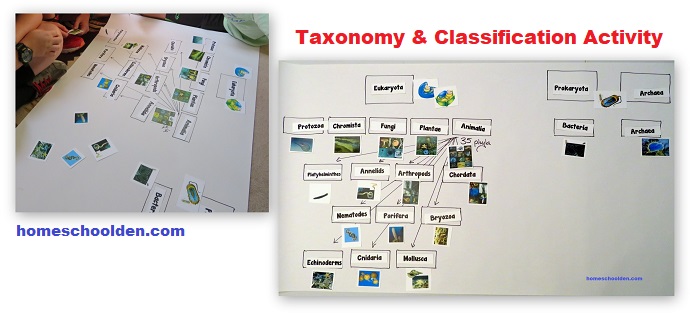
The kids played tic-tac-toe games with the phyla. Each card had only 9 pictures, so the person who drew the phyla not on the card got to use it as a “wild” card and could cross off any space they wanted. Let’s say Person A decided to mark off the picture of the Annelida (earthworms). If the other person drew the Annelida card, they would lose a turn, but if Person A drew the Annelida card they could again mark any space they wanted. By doing that, it added some spice and excitement to the game! 🙂
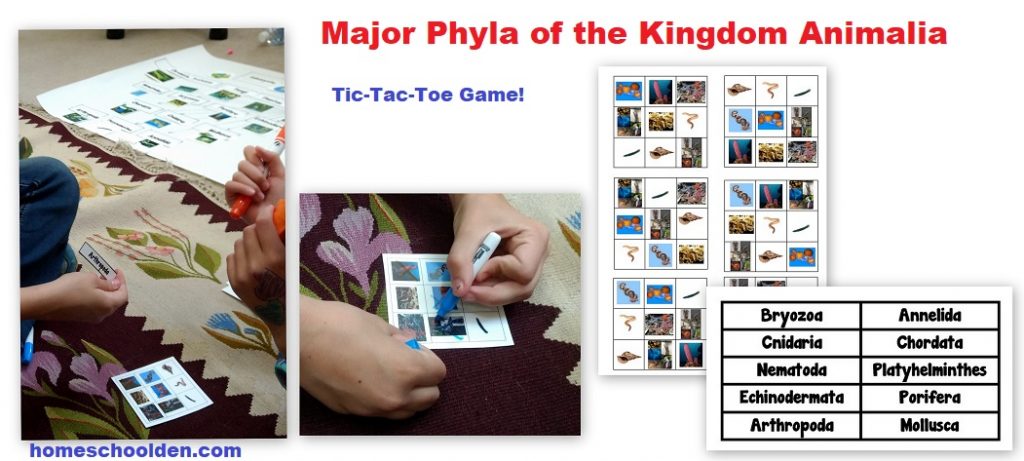
Because we were running out of time, we didn’t check out our mealworms or planaria this week.
We went straight on to this week’s Engineering Challenge: Make a structure as tall as you can using only post-it notes!
Some were more successful than others, but they all enjoyed the challenge! 🙂

See the other Science Club weeks here:
- Science Club Week 1: Characteristics of Good Scientists, Layers of the Earth
- Science Club Week 2: Plate tectonics, taxonomy, mealworms and flatworms
- Science Club Week 3: Taxonomy and Classification, Engineering Challenge
- Science Club Week 5
- Science Club Week 6
- Science Club Week 7
- Science Club Week 8
See you again soon here or over at our Homeschool Den Facebook Page! Don’t forget to Subscribe to our Homeschool Den Newsletter. You might also want to check out some of our resources pages above (such as our Science, Language Arts, or History Units Resource Pages) which have links to dozens of posts. You might want to join our free Homeschool Den Chat Facebook group. Don’t forget to check out Our Store as well.

You might be interested in checking out some of our other science units.
Chemistry UnitTwo years ago, we started off the year with a unit on chemistry. We used several books and a DVD series as the spine of this unit. The kids learned about many of the great scientists, whose work led to great advances in the understanding of chemistry.
Here are some Chemistry Posts from when we covered chemistry a couple of years ago:
|
Animal UnitBefore we launched into a study of the biosphere, we did a unit on animals — focusing on the animal classification, animal characteristics, and the 5 animal groups. We also went over the invertebrate groups and spent time talking about insects vs. spiders again. Finally, we also talked about domesticated vs. wild animals and did some activities about animal tracks (which was especially fun because it was winter and we were able to find a lot of different animal tracks in the snow! You can find out more about our animal unit here: |
Earth’s Four Systems: Atmosphere, Geosphere (Earth Science Unit), Biosphere, Hydrosphere After our chemistry unit, we spent time talking about Earth’s 4 Systems. These are the free notebook pages going over the 4 major Earth systems: This year we studied two major Earth Systems in depth: This year we studied two major Earth Systems in depth:
|
Biology Unit – Biosphere – Biomes, Habitats
You can find out more about our Biology Unit (the Biosphere) here. |
Ocean UnitThis was such a fun unit to put together! I spent nearly 6 months putting this curriculum together for the kids. We then spent about six or seven weeks on this unit.. and we all learned so much!! I kept adding in more and more… and the packet wound up being close to 80 pages in the end!! We did a ton of hands-on activities. I think the highlights were learning about the tides–not just the daily tides but the monthly spring and neap tides as well) and the salinity experiments. We talked a lot about some of the history of ocean navigation and the kids *really* had fun with the ocean depth activity for finding the features of the ocean floor. (DD asked me to set up the blanket to do this activity again recently!!) You can find out more about our Ocean Packet here (all our hands-on activities are included in the packet as well): Marine Habitats:
Ocean Tides and Currents (and activity ideas): |
Review:Simple MachinesIt has been a couple years since we did our Simple Machines unit. We all spent a couple of days reviewing the six types of Simple Machines: This spring I also started putting together a series of videos. This Simple Machines was one of our one minute videos. Cell UnitWe also spent some time going over the organelles of the cells (that was from our Cell Unit last year). ED and I spent several days reading April Terrazas’s book Cellular Biology: Organelles, Structure, Function (affiliate link) again. It is very effective for learning (and reviewing!!) the functions of the organelles (though it might feel too simplistic if you have older kids). I personally think highly of the book and even had DD and LD read it daily for several days. You can find out more about last year’s cell unit here. This year we didn’t go into detail about how proteins form and some of the things we went over last year. I’ll need to go over that next year again. |
Science Topics: Early ElementaryOne of my goals this year was to put together a list of science topics we covered when the kids were roughly ages 4 to 6. I put together a video as well as a checklist with links to the various science topics we covered in those early elementary years!
Free Early Elementary Science Checklist: |
Natural Disaster Unit:We also ran out of time for the Natural Disasters Unit I was hoping to do with ED. We’ll cover that at some point in the future, but I shared the Natural Disasters Packet I made just a few days ago. It’s currently FREE to download. |
Circulatory System Packet: Worksheets and Hands-on ActivitiesLast year we did a unit about the circulatory system. The kids learned about the heart, blood vessels, blood flow through the heart, blood transport through the body, blood composition (red and white blood cells, platelets), blood types, cholesterol, and diseases of the circulatory system. And as always, we did a number of hands-on activities about the blood flow, the composition of blood, blood types in the U.S. and others! You can find out more about this unit with the link below! ~Liesl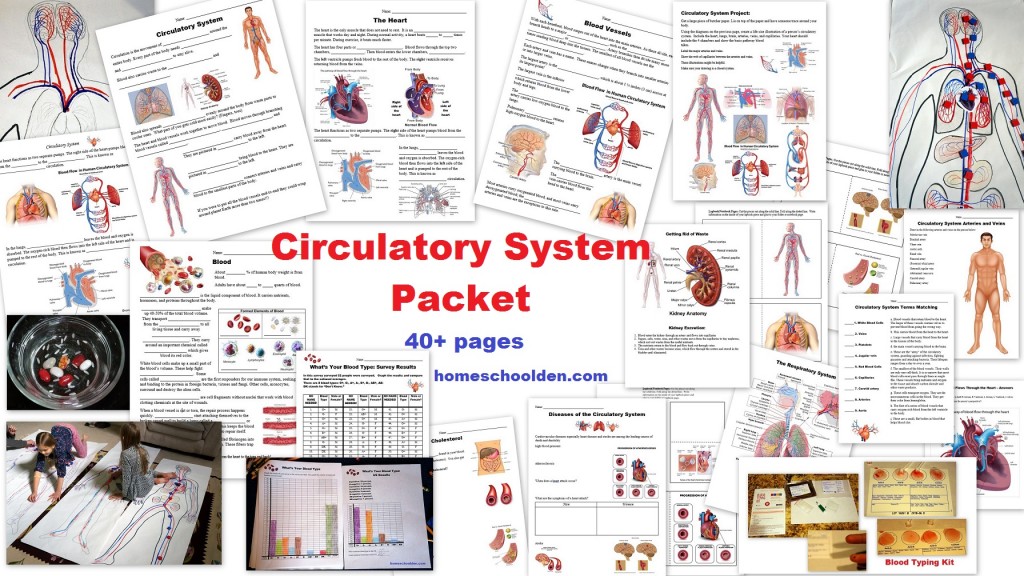  |
You might be interested in browsing through all of our homeschool Science Units here.
You might be interested in this Science Checklist of units and topics I hope to cover in elementary and middle school:
Disclosure: Please note that some of the links in this post are affiliate links, and at no additional cost to you, I will earn a commission if you decide to make a purchase.
Disclosure: Please note that some of the links in this post are affiliate links, and at no additional cost to you, I will earn a commission if you decide to make a purchase.

